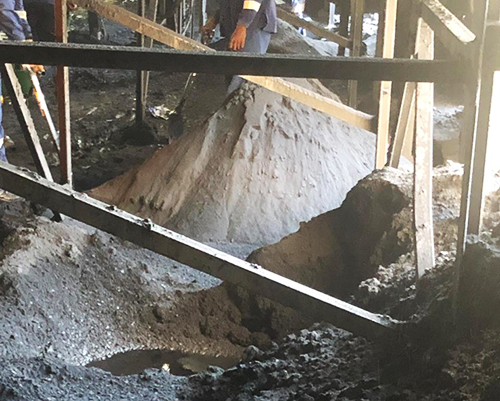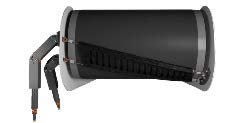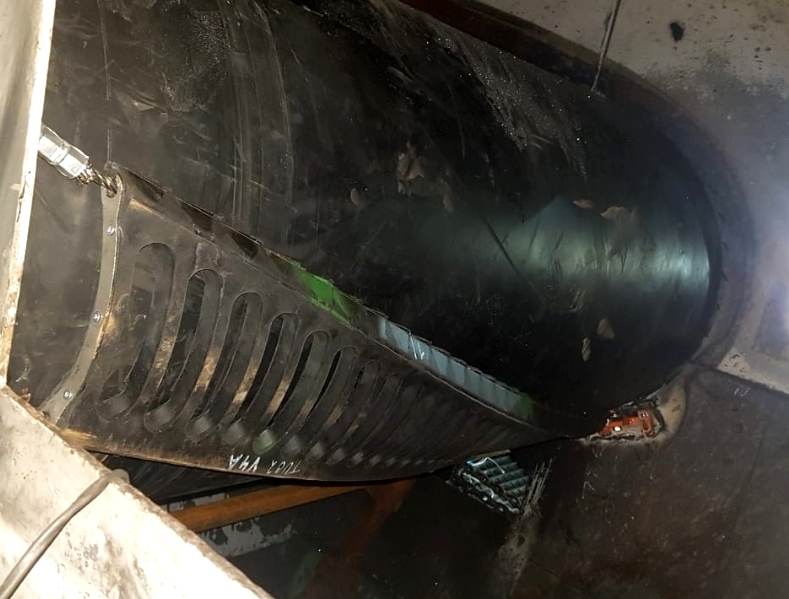CleanScrape® Cleaner
Transnet Port Terminal at Richards Bay, one of South Africa's largest ports, was experiencing excessive spillage at eight of its conveyor discharge zones. Transporting raw materials such as magnetite, chrome, coal, chloride and zircon on 1350 mm to 1500 mm (54 in. to 60 in.) belts, fines were adhering to the belt and carryback spilled along the belt path, causing it to pile underneath the system and spill out into walkways.
Cleanscrape® Cleaner - Cement Plant
Operators found that polyurethane cleaner blades were unable to completely clean the belt. “The fines and mud take on the tacky consistency of toothpaste, causing it to cling to the belt along with smaller pieces of aggregate and shale.”
Martin® Belt Cleaner Requires Less Maintenance and Lasts Longer
QCM moves an average of 8.5 million tons of iron pellets per year through its shiploading facility. The reclaim conveyor was creating so much carryback that the workers had to wash down the structures and pivot rail system between each shipload. This could be done without problems from April to December, but was impossible during the winter months.


